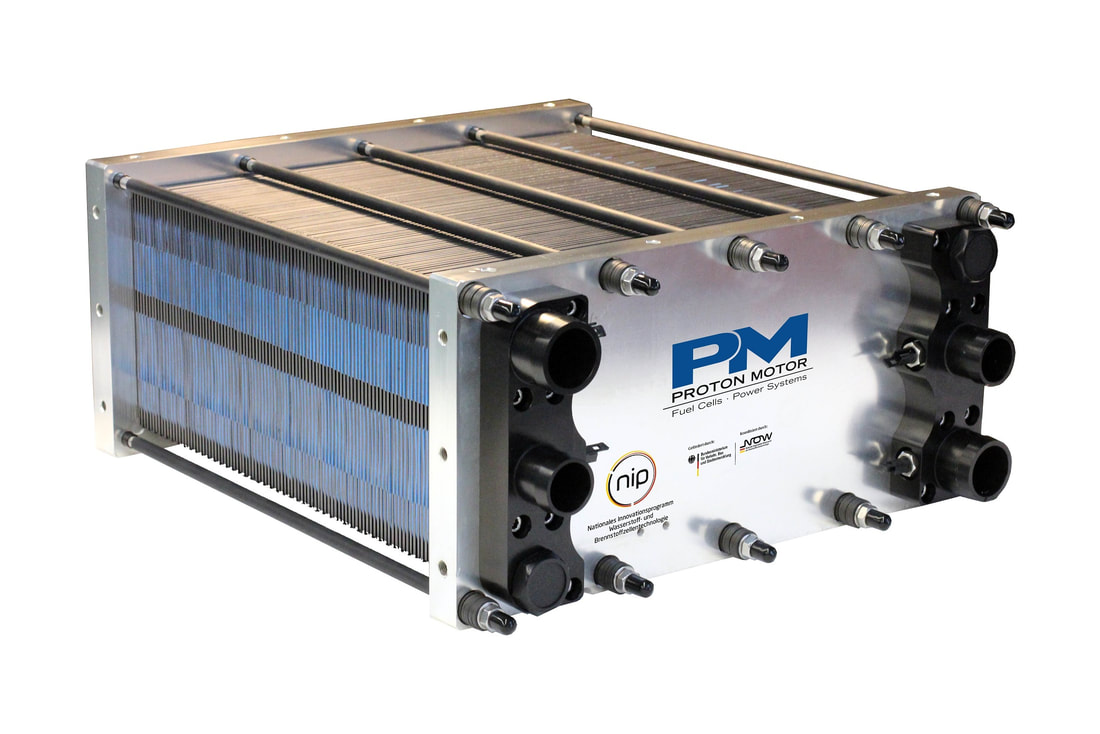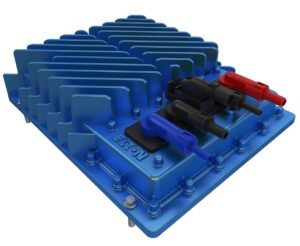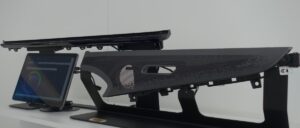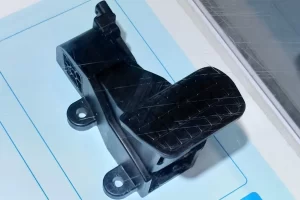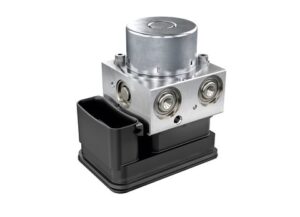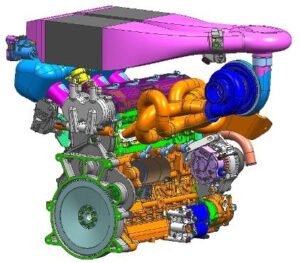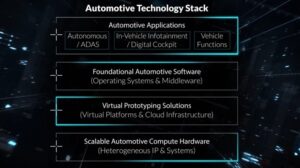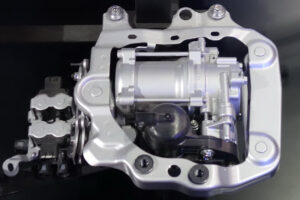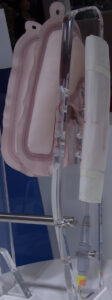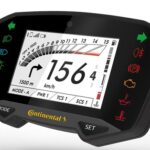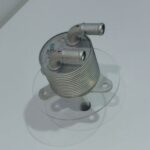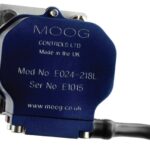The BReCycle project aims to develop a new approach that ensures a high degree of recovery of the raw materials used and is superior in terms of environmental compatibility (especially energy balance) and economic efficiency. At the same time, aspects of product design (Design for Recycling and Design for Circularity) are to be investigated and implemented in order to increase the recyclability of fuel cells and to promote the use of secondary materials in the sense of resource protection and to develop new business models on this basis.
The recycling process itself will be designed for complete fuel cell modules as well as for individual components. To this end, a pre-dismantling process will first be developed to remove components such as electrical connections or cables. Electrohydraulic fragmentation (EHF) will be used for further selective comminution. Here, the pre-dismantled assemblies are placed in a reactor filled with water and fragmented material-selectively by means of shock waves (pressure waves generated by electrical discharge). In particular, the platinum-containing, catalytically active layer on the electrodes is to be separated from the plastic.
The materials fragmented in this way can then be separated into the material fractions catalyst powder and graphite as well as polymer and metals by simple physical separation processes such as sieving and filtering. For the separation of the polymer membrane from the metal freight, an identification by means of IR sensor technology and corresponding component-selective discharge is tested in the process. The metal fractions obtained can then be efficiently processed using established metallurgical treatment methods.
Due to the desired high concentration of the various recyclable materials such as platinum, ruthenium and other metals from the catalytically active layer, a significantly more efficient use of chemicals is required, for example, in a downstream wet-chemical processing. The saving of process steps through the specific treatment of previously separated recyclables results in a significant ecological and especially economic advantage compared to other processes.
The project approach aims at a high purity of all generated fractions by material-selective digestion of the product allowing a more effective separation of the fractions. The target fraction is the concentrated precious metal, which can then be recycled.

